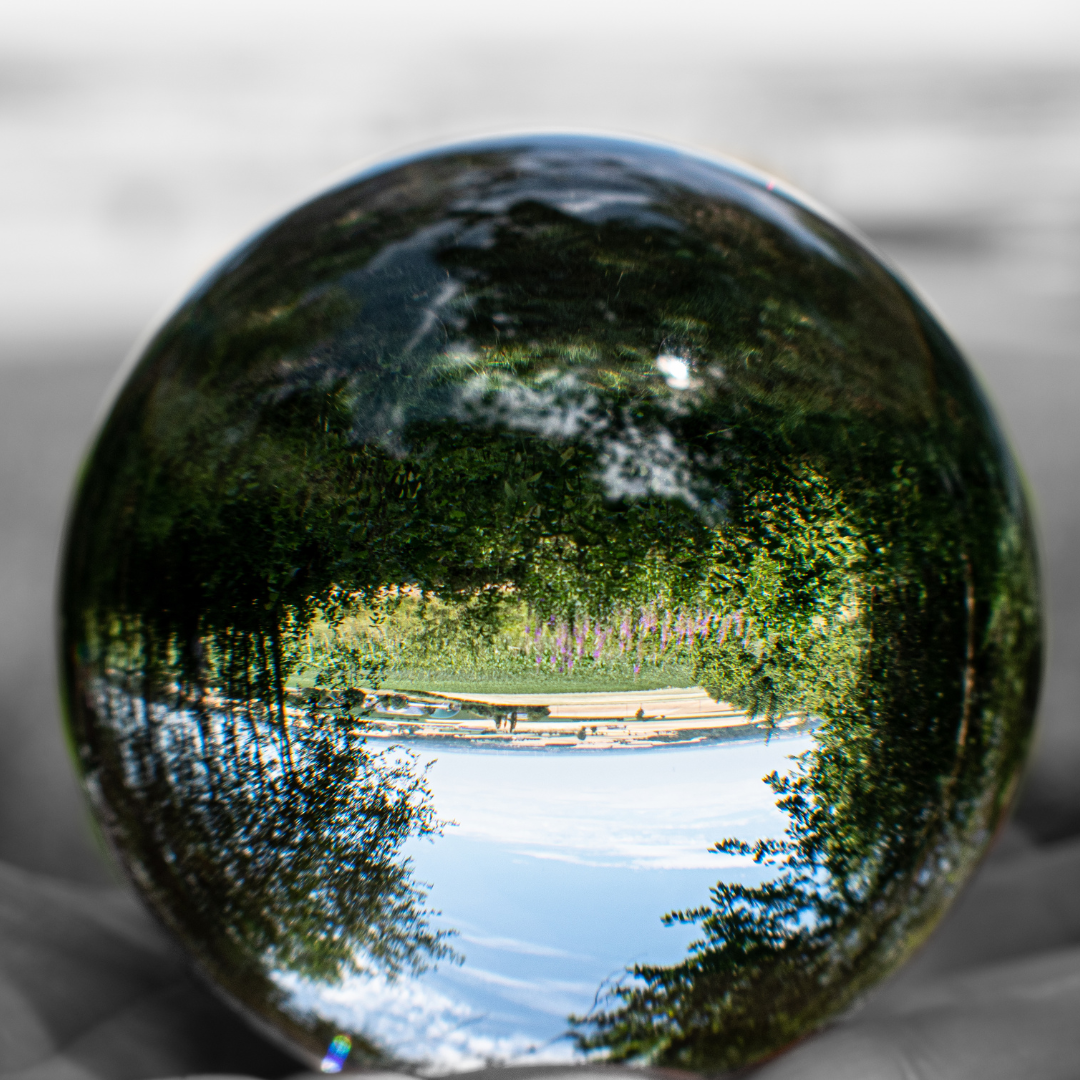
Life: What are the odds?
~5 min read
What are the odds of life forming on our planet? Here's our breakdown:
It is generally assumed that life formed on Earth by a random process involving chance combinations of chemicals that formed a “living molecule.” From that point on, Darwinian evolution took over (random mutation and natural selection in the face of scarce resources) to produce the diversity of life we see on Earth.
The self-replicating parts of living beings are complex molecules (DNA or RNA) that contain encoded instructions about how to make proteins. Estimates are that the smallest molecule encoding such information has about a thousand units of amino acids and there are four types of amino acids that form these chains. The sequence of these amino acids encodes the information. If the sequence is wrong, the protein won’t work, unless the deviation is quite small.
What are the odds?
What are the chances of forming a sequence of a thousand amino acids with the correct sequence? If the process is random, then it is a bit like making a bead necklace from four types of beads. In making a necklace with a thousand beads, the first step is to choose the first bead (one of four types of beads). Whatever the choice for the first bead, there are four ways to choose the second bead, and so on for all one-thousand beads.
How many different necklaces could be made? Ignoring double counting and looking only at order-of-magnitude, the number of necklaces is four to the power of 1,000 or ten to the power of 300. That doesn’t seem so hard. While 300 is not such a big number, ten to the power of 300 is an extremely large number. For comparison, the total number of subatomic particles in the known universe is ten to the power 80.
The age of the universe is 14 billion years. The process to make these necklaces is chemical and takes place over seconds, not years. The age of the universe is ten to the power 17 seconds. If we divide all the subatomic particles in the universe into lots of 1,000 particles and assume each particle is a bead in a necklace (clearly a ridiculous approximation), we will have ten to the power 77 lots of a thousand beads each. Sounds like lots.
We now set to the task of forming necklaces of a thousand beads each in each of the ten to the 77 bins, and form one new necklace per second in each bin since the start of the universe. By now we would have made ten to the power 94 necklaces. This number is infinitesimal compared to the ten to the power 300 combinations possible.
Very large and very small numbers
It is common to think of astronomical numbers as very large, and they are when compared to items in our daily experience. When it comes to probabilities, astronomical numbers can be extremely small.
What are the odds of forming a ‘living molecule” by random processes? Unless the vast majority of long molecules already encode information that creates life, the chances are between vanishingly small and zero.
There must be something else going on that explains life in the universe. Perhaps there is a missing “law of nature” that tips the balance in our favour. To quote Alfred North Whitehead, the metaphysical ground of the universe is the creative advance into novelty. Could this be an actual law of the universe?


